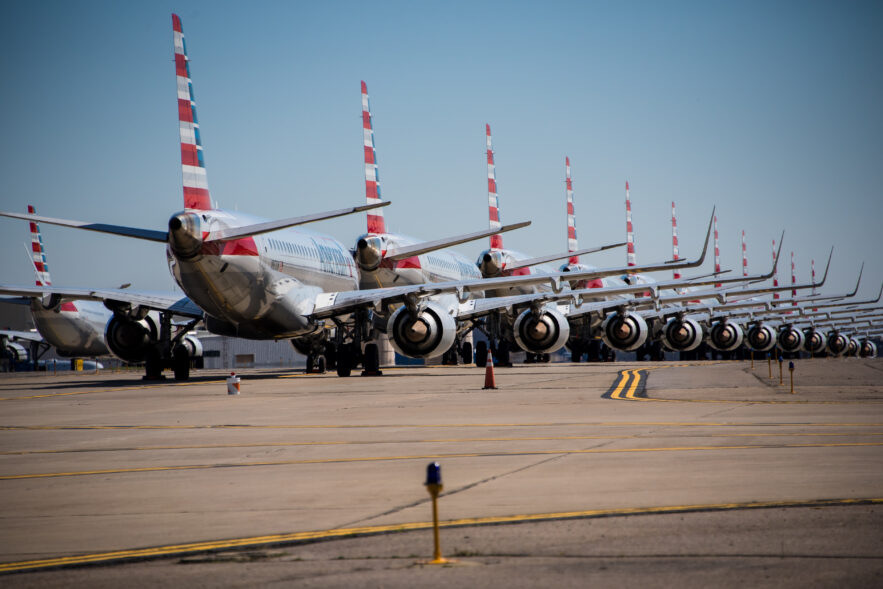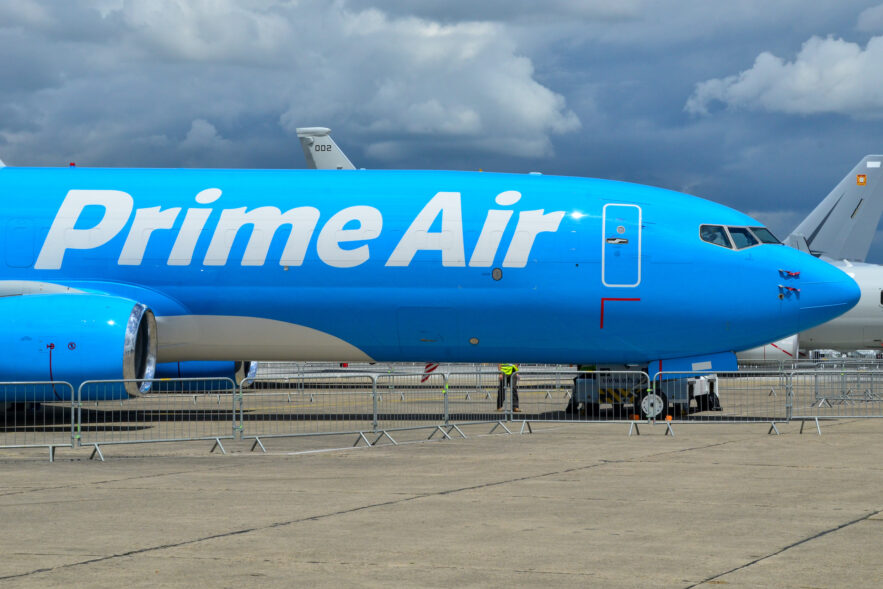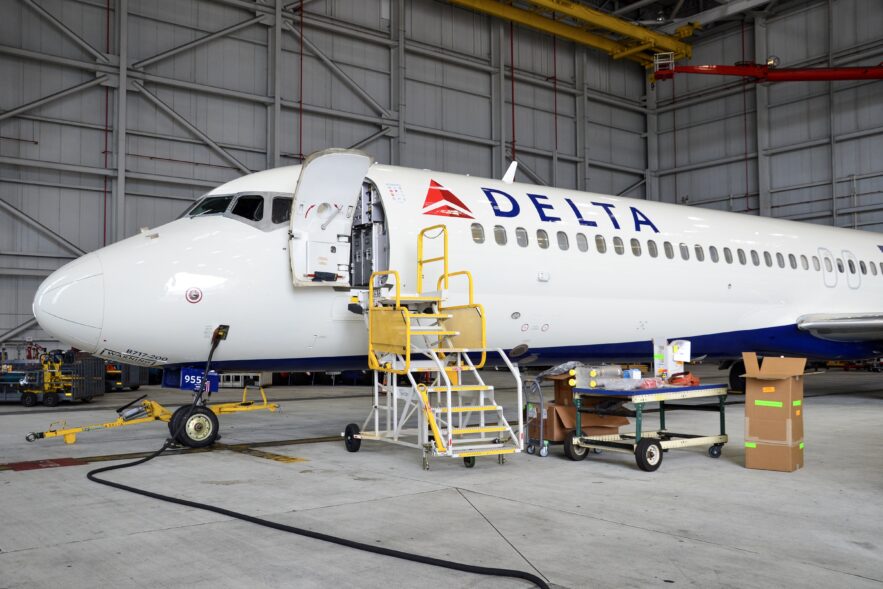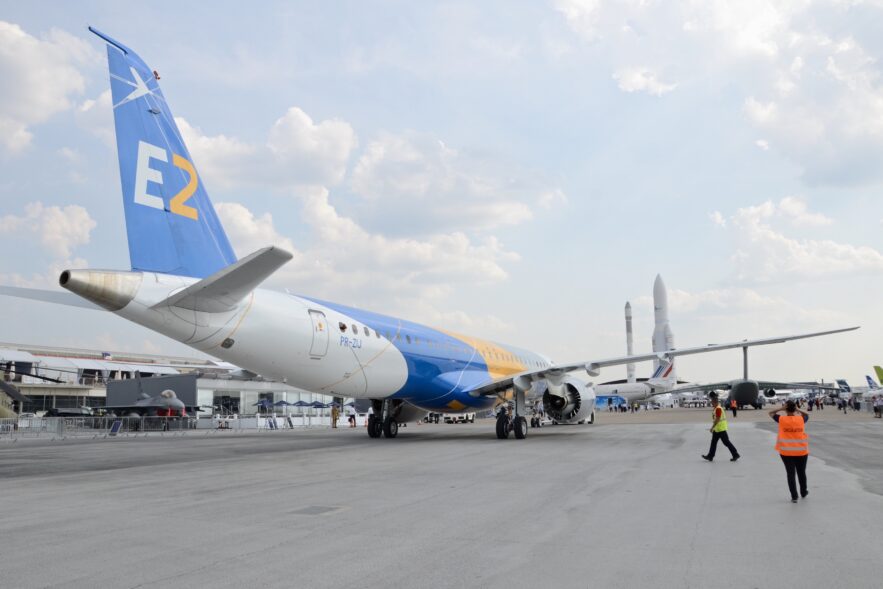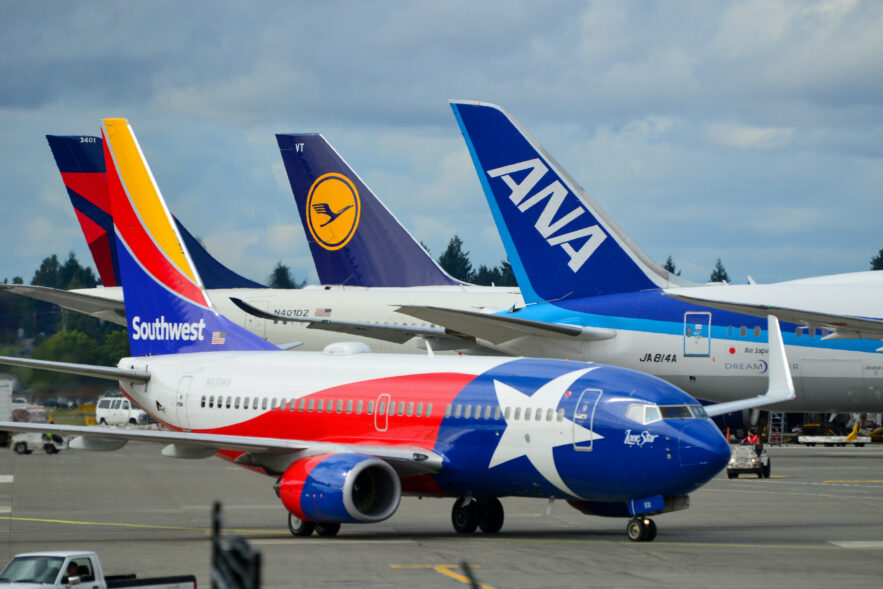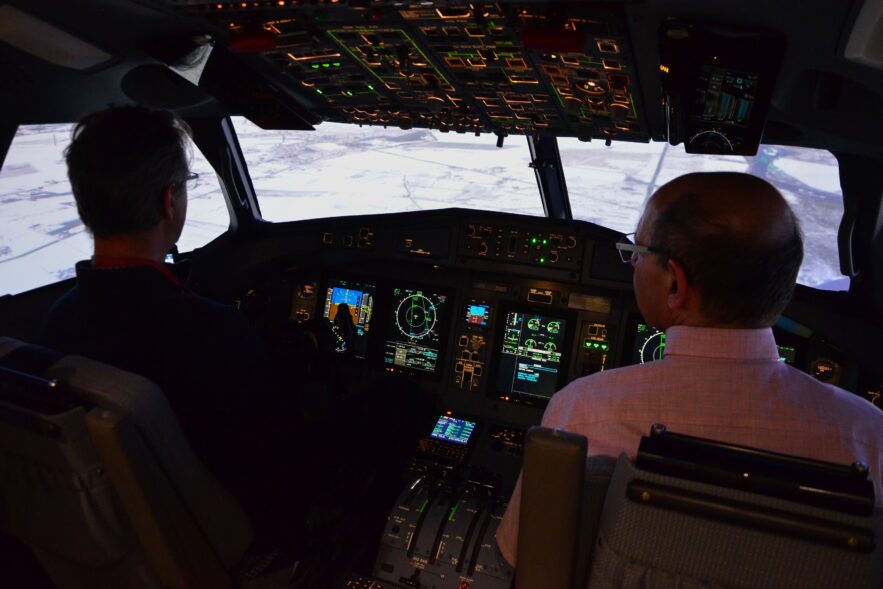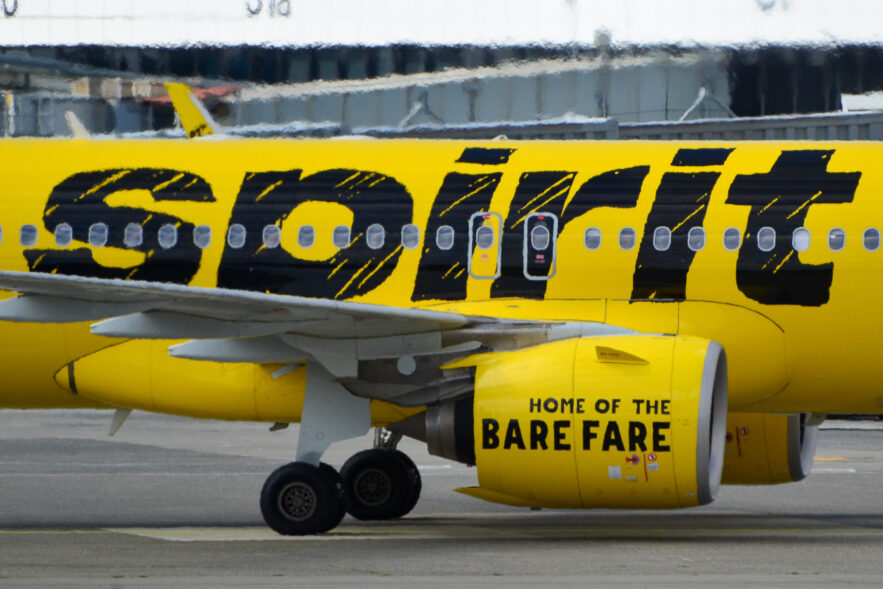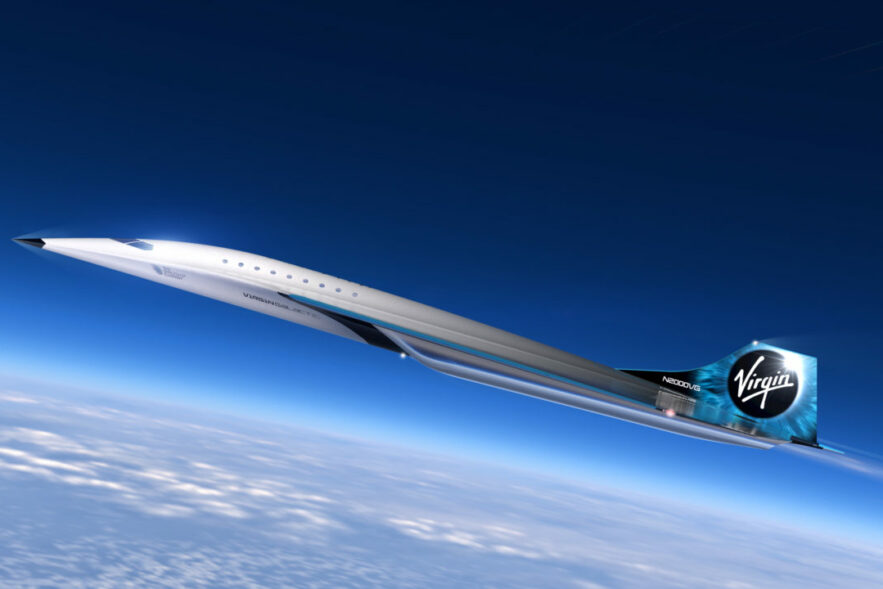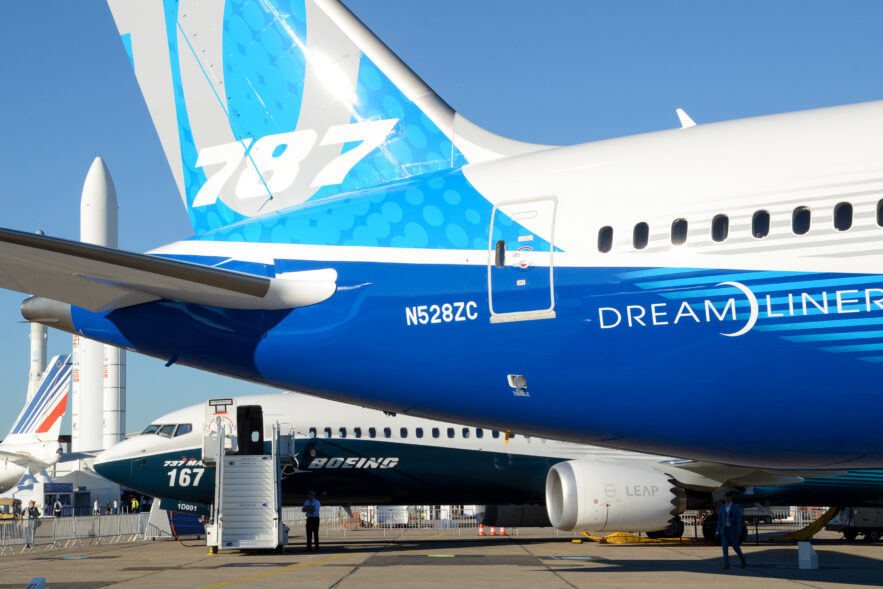Log-in here if you’re already a subscriber Release DateMarch 31, 2020Confusion among U.S. airlines as airplanes fly virtually empty to...
#mc_embed_signup{background:#fff; clear:left; font:14px Helvetica,Arial,sans-serif; } /* Add your own Mailchimp form style overrides in your site stylesheet or in this...
Log-in here if you’re already a subscriber Release DateApril 21, 2020Airbus and Boeing hustle to keep airplanes flowing to a...
Log-in here if you’re already a subscriber Release DateMay 1, 2020Embraer can survive solo, but outlook mixed after Boeing breakupPurchase...
Log-in here if you’re already a subscriber Release DateMay 29, 2020Business travel lags leisure early in coronavirus air travel recoveryPurchase...
The abundance of aircraft parked around the world brings another, very human and more personal abundance - pilots. Without passengers to fly, aircraft will remain parked. With aircraft parked, some pilots find themselves the subject of a furlough. Yet, even as the industry stares down a potential sharp reduction in the overall pilot workforce, the massive change could simultaneously spark a major new wave of retraining that would overwhelm the global simulator infrastructure.
For the first time in over three months, the Transportation Security Administration screened over 600,000 passengers. Yet, as optimistic as the almost seven-fold increase in traffic from its lows may be, it still requires context that overall numbers remain down more than 77% from the same point in 2019 and now facing a surge in new U.S. COVID-19 cases.
The first signs of a slowing recovery in air traffic are beginning to show in the United States just as airlines make their largest capacity increases. Even as screened passenger numbers from the Transportation Security Administration continue their upward trajectory, so do new cases of COVID-19 in states not first hit by the virus. With that growing uncertainty, the spread is showing its first indications of a slowing recovery in the months ahead.
In the middle of the single most acute crisis to hit the airline business in the history of flying, U.S. airlines are seemingly trapped playing a cascading series of one upmanship games as they chase market share, risking further destabilizing their airlines at a time when the industry’s very survival hangs in the balance.
There are three steps to an airline industry recovery. First, airlines have to return capacity to the sky. Second, passengers need to fill those airplanes. Lastly, the fares those passengers pay must be economically sustainable. The industry has not yet reached the first step.
The COVID-19 pandemic has made strange bedfellows out of Delta Air Lines and Qatar Airways, who are on the same side to save bankrupt LATAM. Virgin Galactic's Mach 3 concept for a supersonic airliner is more than a little squishy. The FAA has started the clock on public comments for the 737 Max return to service and other goings on for the grounded airliner.
Two manufacturing issues compromised an area of the structure in the rear of the Boeing 787 that is unable to withstand the maximum stress that would be experienced by the aircraft in service and could fail.
